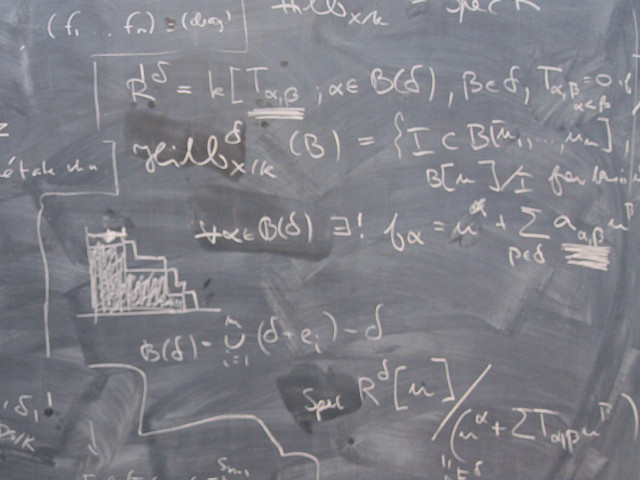- Invariance and controlled invariance
- V* and disturbance decoupling
- Zeros, Zero dynamics and system inversion
- Tracking and non-interacting control
- Input-output behavior
- Output regulation, Internal model principle
- Nonlinear systems
SF2842 Geometric Control Theory 7.5 credits

Information per course offering
Information for Spring 2026 Start 13 Jan 2026 programme students
- Course location
KTH Campus
- Duration
- 13 Jan 2026 - 13 Mar 2026
- Periods
Spring 2026: P3 (7.5 hp)
- Pace of study
50%
- Application code
60934
- Form of study
Normal Daytime
- Language of instruction
English
- Course memo
- Course memo is not published
- Number of places
Places are not limited
- Target group
- Elective for all programmes as long as it can be included in your programme.
- Planned modular schedule
- [object Object]
- Schedule
- Part of programme
Master's Programme, Systems, Control and Robotics, year 2, LDCS
Master's Programme, Applied and Computational Mathematics, year 2, OPST
Master's Programme, Applied and Computational Mathematics, year 1, OPST
Master's Programme, Industrial Engineering and Management, year 1, OSYT
Master's Programme, Systems, Control and Robotics, year 1, LDCS
Master's Programme, Aerospace Engineering, year 1, SYS
Master's Programme, Applied and Computational Mathematics, year 1
Master's Programme, Aerospace Engineering, year 1
Contact
Course syllabus as PDF
Please note: all information from the Course syllabus is available on this page in an accessible format.
Course syllabus SF2842 (Spring 2022–)Content and learning outcomes
Course contents
Intended learning outcomes
After having completed the course the student shall be able to:
- Interpret and explain basic properties of linear systems from a geometric perspective.
- Apply different algorithms to solve control problems such as DDP, non-interacting control, tracking and outputregulation.
- Solve some basic control problems for nonlinear systems that do not have a controllable linearized system.
In addition, for the highest grade the student shall be able to:
- Solve simple but realistic control problems that require synthesis of different design algorithms.
Literature and preparations
Specific prerequisites
English B / English 6
In general:
150 university credits (hp) including 28 hp in Mathematics, 6 hp in Mathematical Statistics and 6 hp in Control Theory. Documented proficiency in English corresponding to English B.
More precisely for KTH students:
Passed courses in calculus, linear algebra, differential equations, mathematical statistics, numerical analysis, control theory. A passed course in mathematical systems theory (SF2832) is an advantage.
Recommended prerequisites
Completed course SF2832 Mathematical systems theory or equivalent.
Literature
Examination and completion
Grading scale
Examination
- HEM2 - Home assignments, 1.5 credits, grading scale: P, F
- TEN2 - Written exam, 6.0 credits, grading scale: A, B, C, D, E, FX, F
Based on recommendation from KTH’s coordinator for disabilities, the examiner will decide how to adapt an examination for students with documented disability.
The examiner may apply another examination format when re-examining individual students.
If the course is discontinued, students may request to be examined during the following two academic years.
Examiner
Ethical approach
- All members of a group are responsible for the group's work.
- In any assessment, every student shall honestly disclose any help received and sources used.
- In an oral assessment, every student shall be able to present and answer questions about the entire assignment and solution.